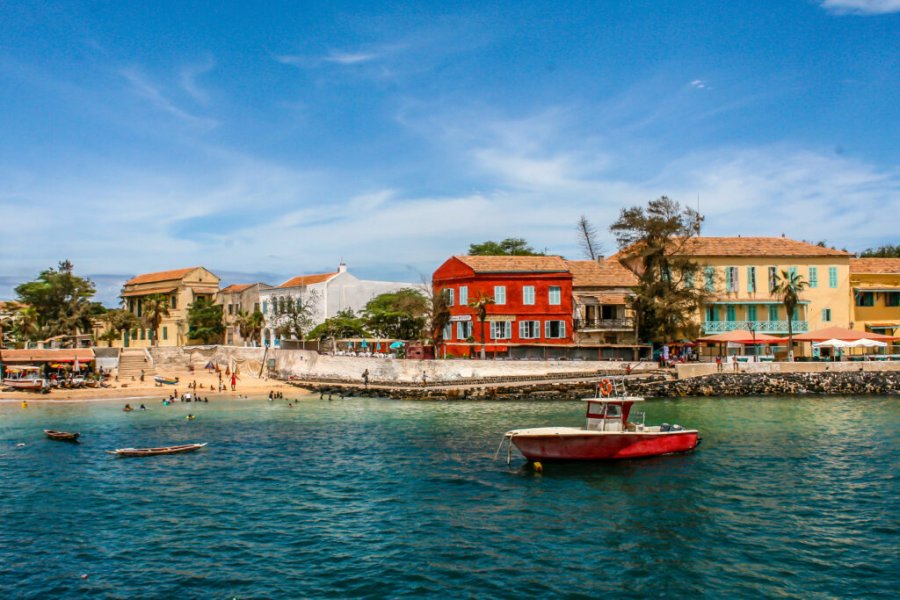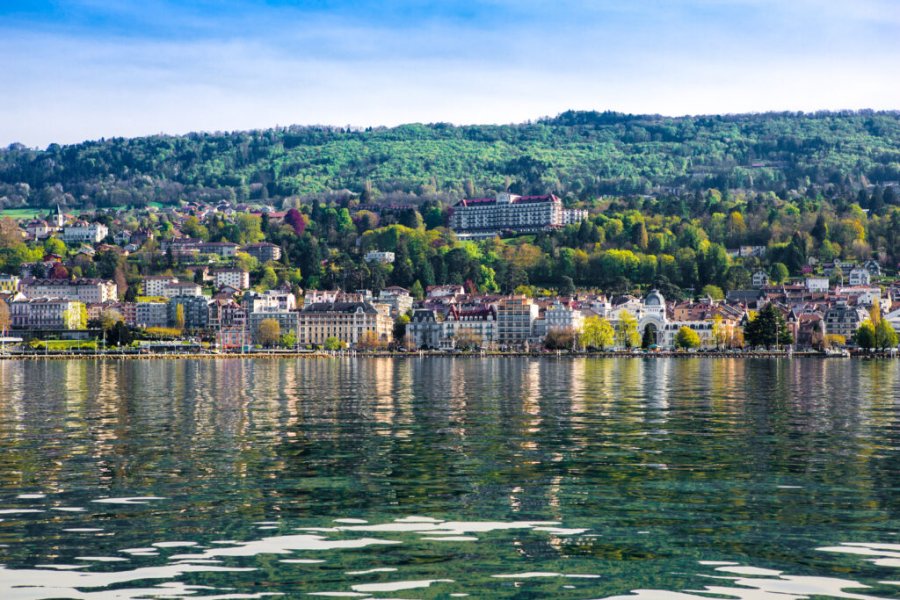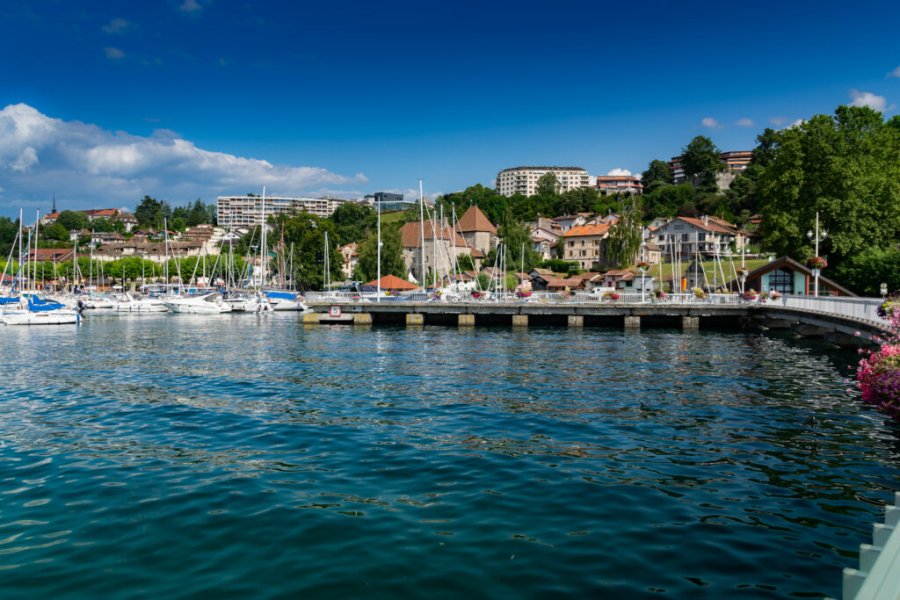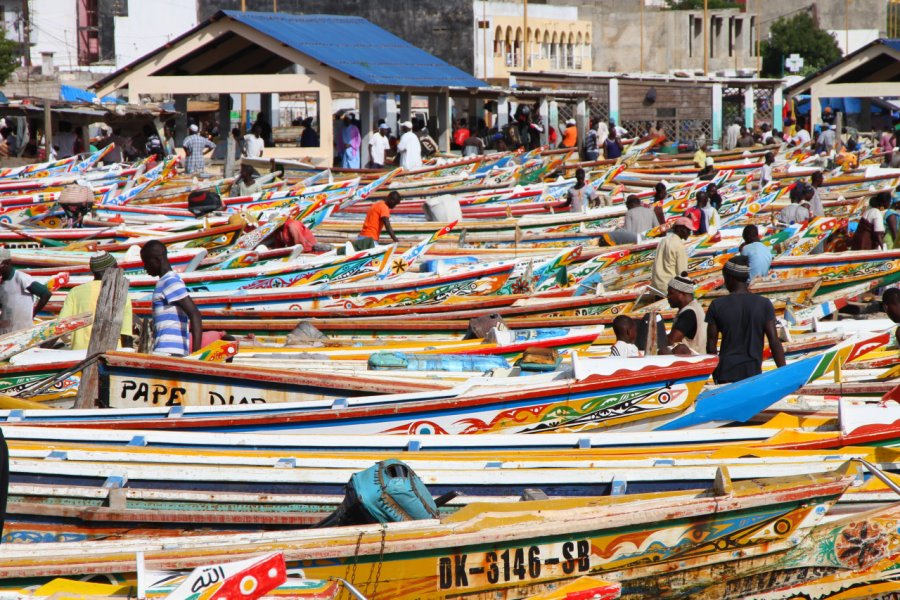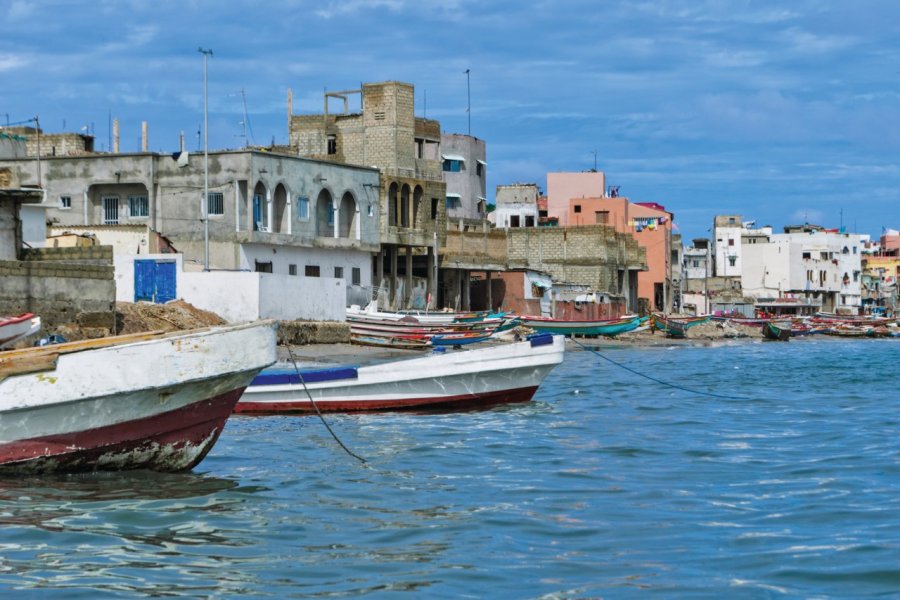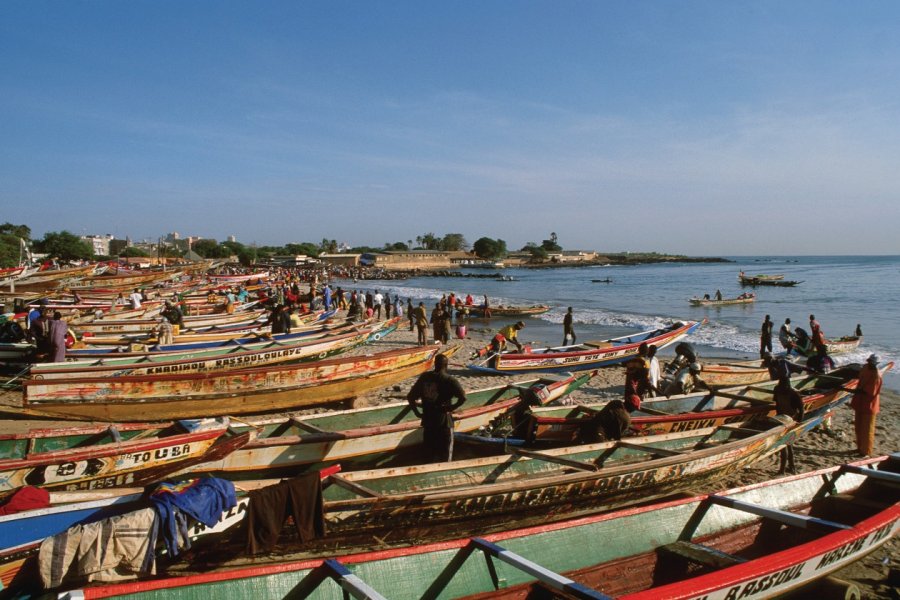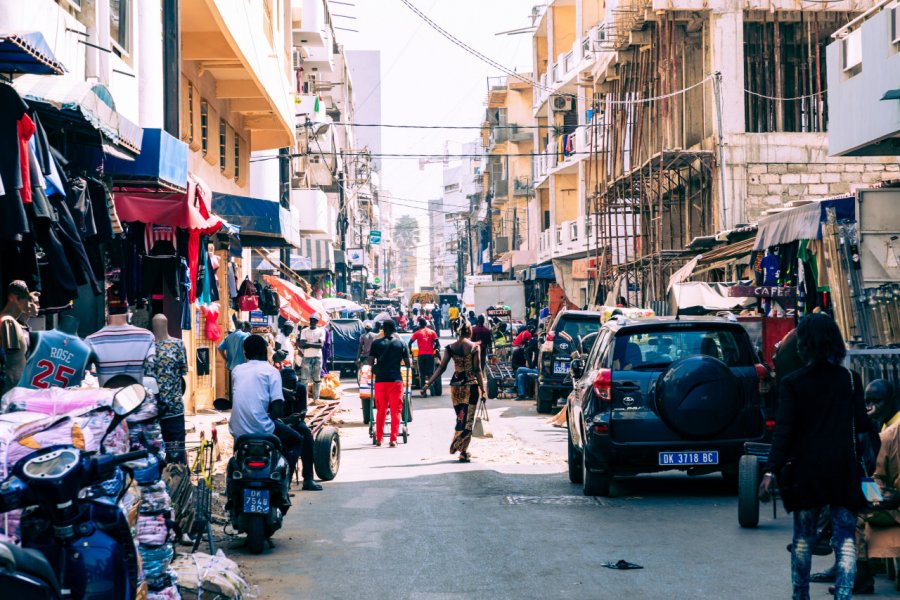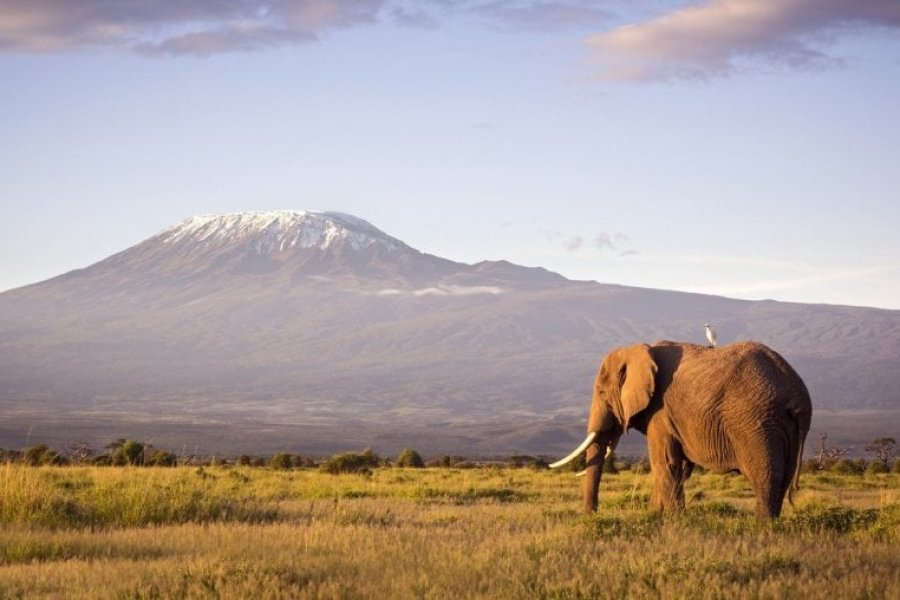Travel Guide Dakar
Positioned at the tip of the Cape Verde peninsula, Dakar stretches from Cap Manuel in the south to the Pointe des Almadies in the north, facing the Atlantic Ocean. The metropolis is surrounded by the historic island of Gorée to the south, the picturesque Madeleine Islands to the west, and the islands of N'Gor and Yoff to the north.
The capital of Senegal, Dakar is an urban stopover in West Africa. The Dakar Tourist Guide is a must-have for all travellers looking for authenticity: discover the most beautiful sites to visit and where to stay! At first glance, the city rises proudly with its gleaming skyscrapers and wide boulevards. And just a stone's throw away, bustling markets such as the famous Kermel Market overflow with color, scent and sound. Taste the thieboudienne in the city's best restaurants, the emblematic dish of Senegal. Or shop for handmade jewelry by local artisans.
Dakar is a city of contrasts. Raw authenticity emanates from the bustling alleyways of neighborhoods like Médina, Yoff and Patte d'Oie. These areas vibrate with the daily energy of the locals. On the other hand, the historic Plateau district, right in the heart of downtown, offers a journey back in time. Its colonial buildings, witnesses to Senegalese history, exude an old-fashioned elegance and nostalgic charm, recalling the days when Dakar was a French colony.
Theisland of Gorée, a UNESCO World Heritage site, silently recounts the dark hours of the slave trade. A visit to this island is an emotional journey, where every building and every stone seems to whisper tales of a distant past. On the other side of the island, the Pointe des Almadies, the westernmost point of the African continent, offers breathtaking panoramic views of the Atlantic. Nearby, the monument to the African Renaissance, an immense bronze statue, is a reminder of the continent's awakening and resolute march towards a promising future. Towering 49 metres above Dakar, this impressive bronze statue is a symbol of African freedom and independence. A climb to its summit offers a breathtaking panoramic view of the city.
Visit theMuseum of Black Civilization , opened in 2018, which traces the history and culture of African peoples from prehistory to the present day. It also houses temporary exhibitions, often in collaboration with other international institutions. And at Virage beach, you can sunbathe and watch the surfers. It's also popular with aviation enthusiasts, offering unobstructed views of planes landing at the nearby airport. Finally, to the east of Dakar, the Hann forest park offers a breath of fresh air and a peaceful setting, with its small zoo and vast green expanses.
Dakar is also a city of culture and festivities. Let yourself be seduced by the lively rhythms of mbalax, while night owls can venture into the city's many discos and bars. This African metropolis will captivate you with its timeless charm and frenetic pace.
What to visit Dakar?
Suggested addresses Dakar
When to go to Dakar?
The best time to visit Dakar is from November to June. These months offer a pleasant climate with less rainfall, warm but not sweltering temperatures and an ideal sea for swimming. If you'd like to come at another time of year, here are our Petit Futé tips on when to go to Dakar:
January to April: these months are perfect for enjoying the beach and the gentle sea breeze.
In February, the city vibrates to the rhythm of Dakar Fashion Week, an unmissable event for fashion enthusiasts.
May to August: this is the rainy season in Dakar. Showers are short and sporadic, and sometimes intense. However, it's during these months that nature comes into its own, unveiling breathtaking green landscapes.
September and October: the temperature starts to drop slightly, making it more pleasant to visit the city and its surroundings. It's also a good time to stroll the streets without the summer crowds.
November and December: these months mark the return of dry, warm weather, paving the way for the high tourist season. If you visit Dakar in December, you'll be able to experience the fervor of the Tabaski celebration, one of the country's biggest Muslim holidays.
At any time of year, you can discover the scents of Dakar, its bustling markets, haunting music and poignant historical sites.
Weather at the moment
Nestled on the Cape Verde peninsula, Dakar enjoys a Sahelian climate. Globe-trotters, expect a warm climate all year round. Here's the Dakar weather forecast:
November to May is the dry season, with clear skies and moderate temperatures, ideal for exploring the city and its surroundings. This is also the high tourist season.
On the other hand, the low season extends from June to October, when the city experiences brief showers and Dakar's temperature remains pleasant even during this period.
If you're planning a visit to Dakar's bustling markets, or a beach holiday on the islands of N'Gor and Yoff, check out the forecast to plan your stay.
Dreaming of Dakar? The Senegalese destination offers a range of experiences to suit all budgets! If you're a thrifty traveler, the city is full of affordable places and unforgettable experiences. The local currency is the CFA Franc, and its value can fluctuate. A little tip: euro bills are generally well received, and changing money on the spot is child's play. For your expenses, bank cards and cash are widely accepted. If you're wondering how much to leave as a tip, it's appreciated, but not obligatory. And if you're looking for a premium range, you'll find what you're looking for in the refined establishments.
For most travelers wishing to visit Dakar, entry formalities are relatively straightforward. However, depending on your nationality and the length of your stay, a visa for Dakar may be required. Find out well in advance about specific visa requirements to ensure a smooth arrival.
For detailed, up-to-date information on entry formalities and visas for Dakar, a visit to the website of the Senegalese embassy or consulate in your country is highly recommended. These institutions will be your best sources of information and will be able to guide you through the necessary steps.
Before setting off to discover Dakar, here are a few health recommendations:
Some vaccinations are recommended or even required. Consult your doctor or an international vaccination center well in advance of your departure to ensure that you are up to date with the vaccinations required for Dakar.
Although the yellow fever vaccine is no longer a requirement for entry into Senegal, it is highly recommended due to the active circulation of the virus. Health authorities may sometimes ask for proof of vaccination at the border. A single dose of the vaccine is now considered effective for life.
On site, food hygiene is vital to avoid illness: prefer well-cooked food and drinking water.
Next, note that air pollution in Dakar is high due to fine particles.
Mosquito-borne diseases such as malaria, dengue fever and chikungunya are also a concern in Senegal, so it's important to protect yourself from bites with repellents, mosquito nets and covering clothing.
Practical information
- When to travel?
- Weather forecast
- Budget
- Formalities
- Health
- How to travel by yourself?
- How to get organized?
- Getting around
Media
How to go to Dakar? Our advice & tips
An organized trip to Dakar is an interesting option for the peace of mind it offers: transport, accommodation and guided tours are generally all included. What's more, being accompanied by a local guide enriches the experience by immersing you further in Dakar's culture and history. These turnkey trips also offer the advantage of carefully selected accommodation, from modern hotels to traditional seaside lodges .
Discover our selection of travel agencies for this destinationGoing alone in Dakar is an authentic adventure that lets you explore the city at your own pace. For a unique experience, here are a few practical tips:
Opt for local hostels or guesthouses and meet other travelers with whom you can exchange tips.
Learn a few basic phrases in Wolof, the main language.
Dakar is generally safe, but as everywhere, it's a good idea to remain vigilant, especially at night.
Use the car rapidesdakar's emblematic colorful buses, for an authentic local experience!
Getting around Dakar allows you to immerse yourself in the daily life of the locals and the hectic pace of the city. Here are a few options:
Bus rapide : these multicolored, hand-painted buses are emblematic of Dakar. They're economical, but don't usually have fixed itineraries, so be sure to ask before boarding.
2. Cabs : easily recognized by their yellow color.
3. Walking: walking is the best way to discover the small streets and local markets. However, beware of traffic, which can be chaotic.
4. Car hire: if you want to explore Dakar's surroundings, make sure you have an up-to-date map or navigation app.
5. Boat: to reach Gorée Island or the Magdalen Islands. Departures are from the port of Dakar.












